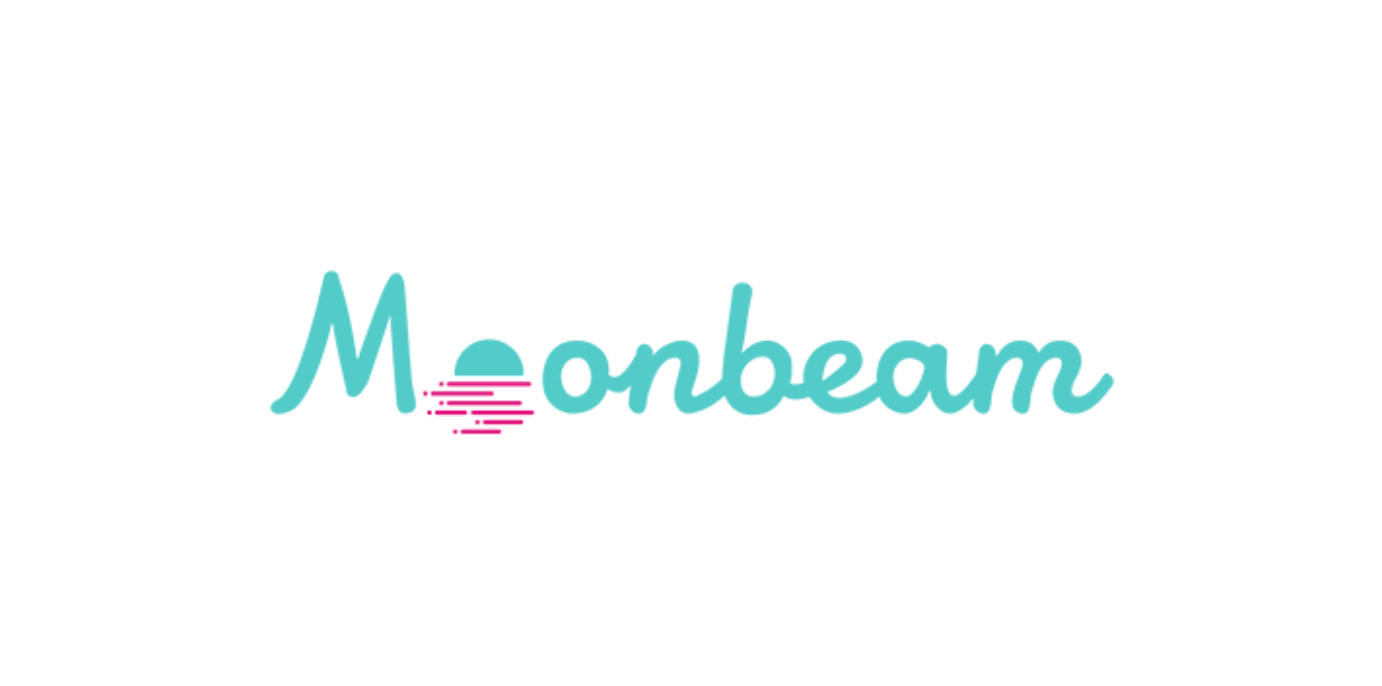Web3 Builders Moonbeam Using Substrate to Enable Ethereum Compatibility on Moonbeam
Written by: Katie Butler, Director of Marketing at PureStake
Moonbeam is a developer-oriented blockchain that strives to provide compatibility with the existing Ethereum developer toolchain and network. It does this by providing a full EVM implementation, a Web3-compatible API, and bridges that connect Moonbeam to existing Ethereum networks. This allows developers to deploy existing Solidity smart contracts and DApp frontends to Moonbeam with minimal changes.

http://moonbeam.network
Moonbeam will also be a parachain on the Polkadot network. That means that it will get shared security from the Polkadot relay chain and will be able to integrate with other chains that are connected to Polkadot (once that functionality is available on Polkadot).
Why We’re Building on Substrate
Substrate is a good technical fit for Moonbeam. By building on top of this framework, Moonbeam is able to leverage the extensive functionality that Substrate includes out-of-the-box, rather than needing to build it ourselves. This includes peer-to-peer networking, consensus mechanisms, governance functionality, an EVM implementation, and more.
Overall, using Substrate will dramatically reduce the time and implementation effort needed to implement Moonbeam. Substrate allows a great degree of customization, which is necessary in order to achieve our Ethereum compatibility goals. And, by using Rust, the platform benefits from both safety guarantees and performance gains.
The Polkadot network is also a good fit for Moonbeam. As a parachain on Polkadot, Moonbeam will be able to directly integrate with — and move tokens between — any other parachains and parathreads on the network. It can also leverage any of the bridges that are independently built to connect non-Polkadot chains to Polkadot, including bridges to Ethereum.
Polkadot’s interoperability model uniquely supports Moonbeam’s cross-chain integration goals and is a key enabling technology to support the Moonbeam vision.